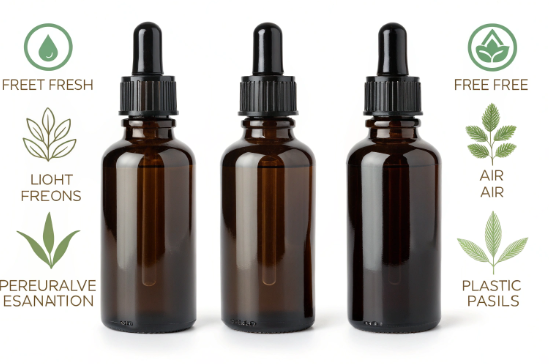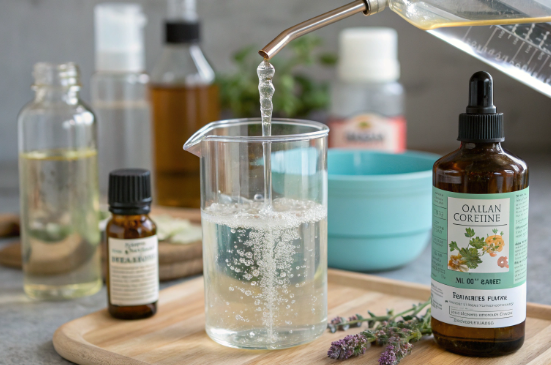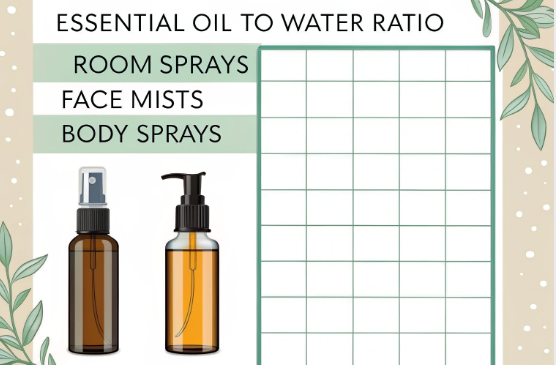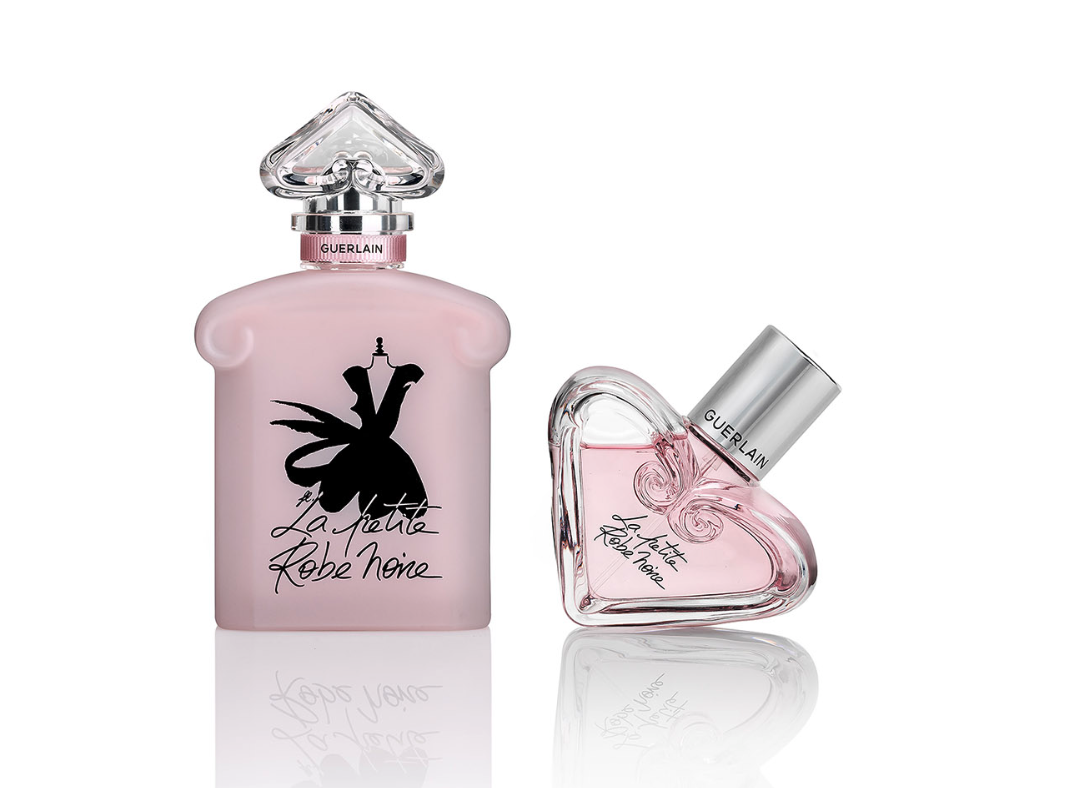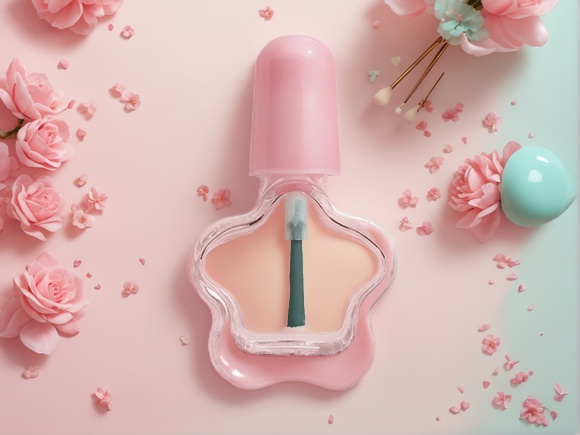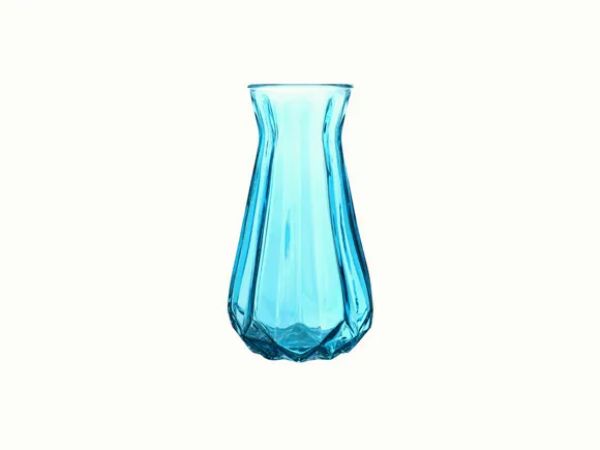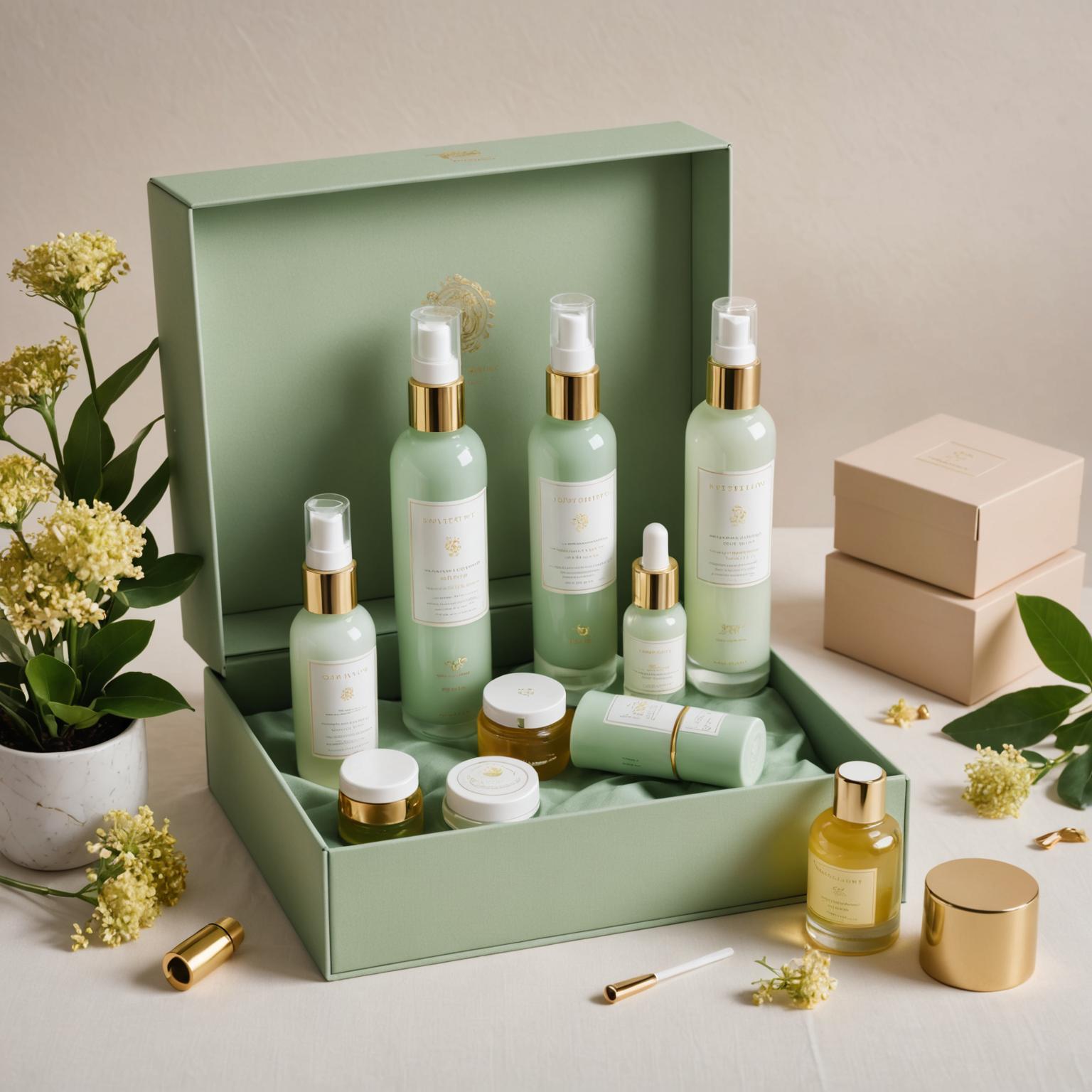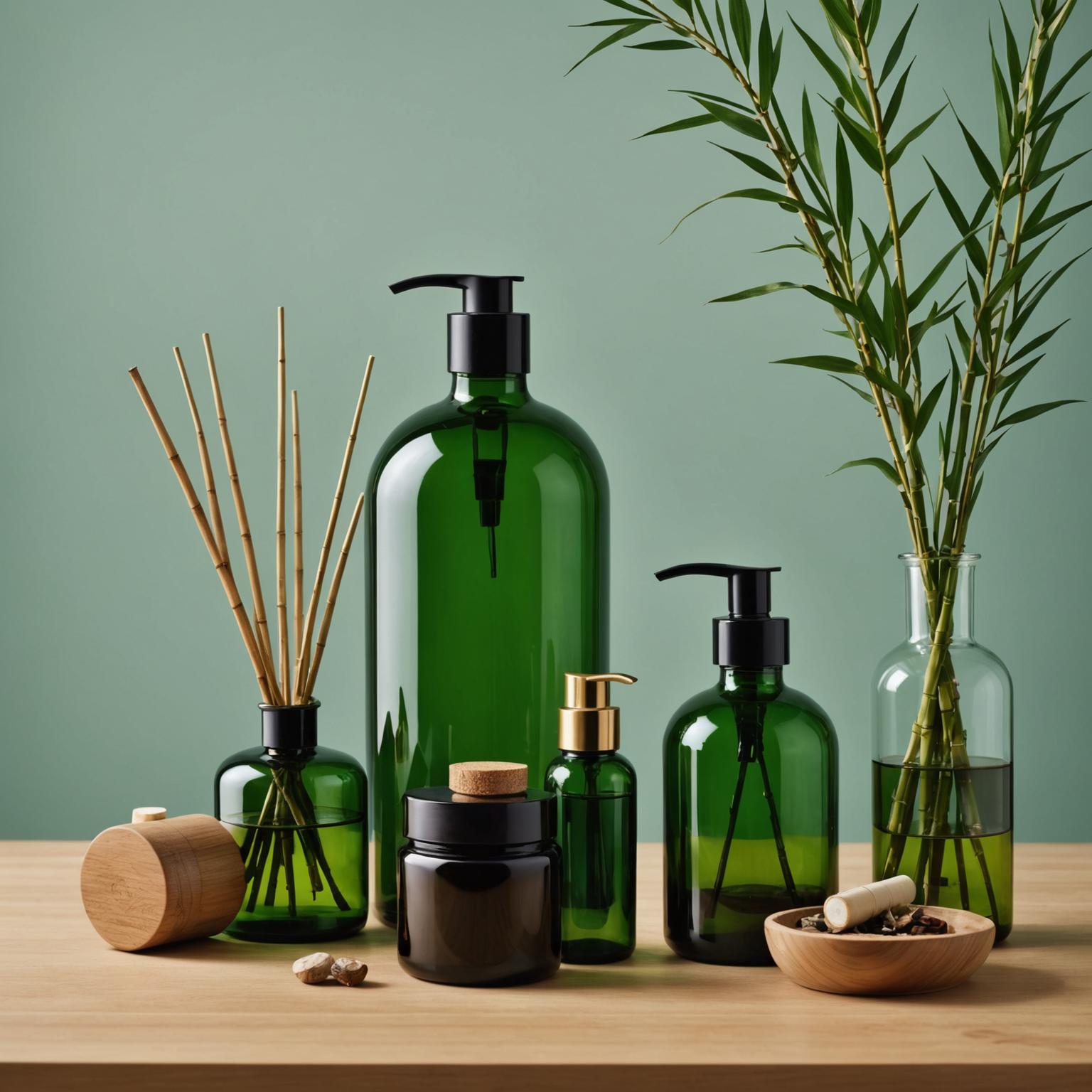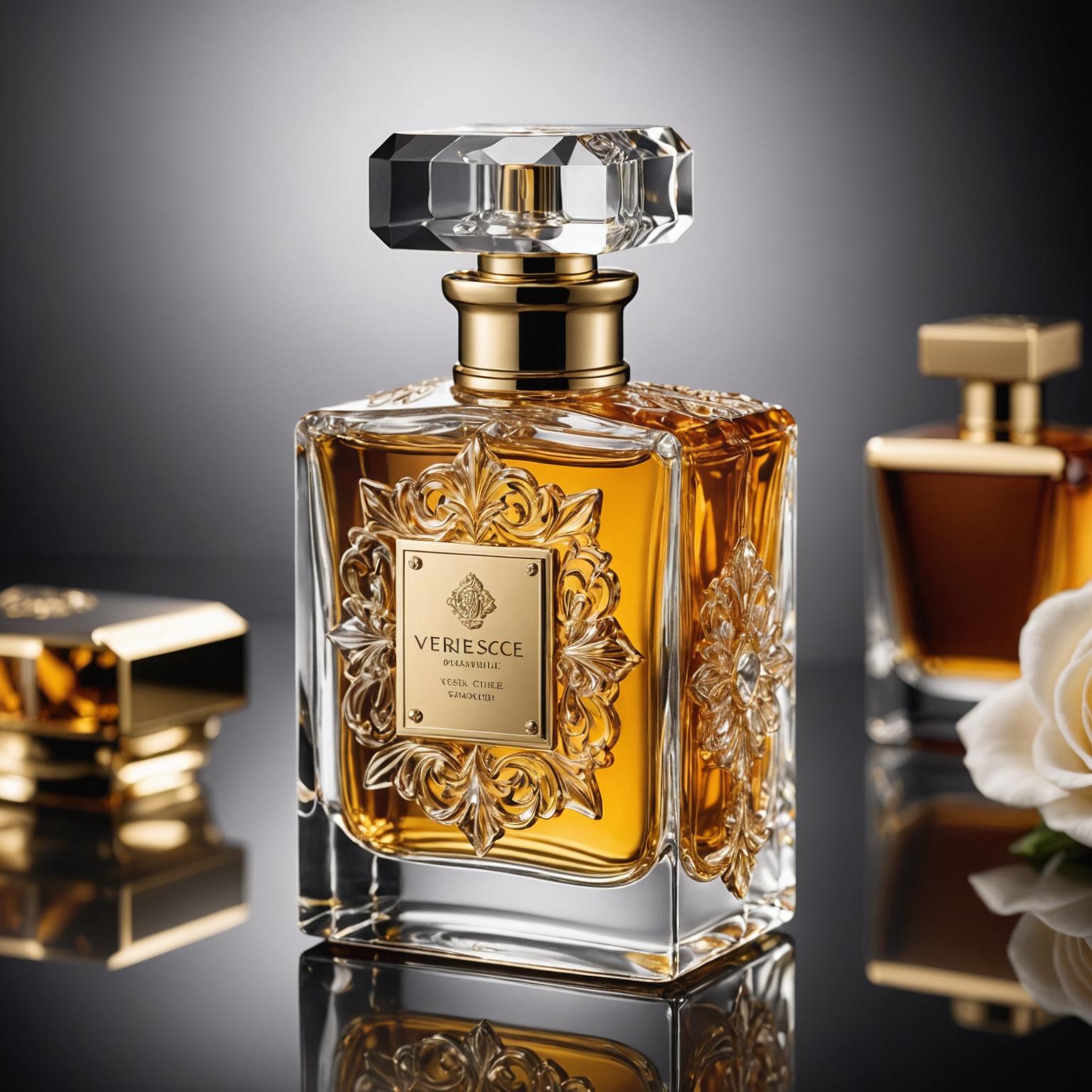Mixing essential oils with water might seem simple, but essential oils are not water-soluble by nature. Without the right methods or ingredients, they’ll simply float on top and won’t blend well.
To dilute essential oils with water effectively, use a solubilizer or emulsifier like alcohol or witch hazel, which helps the oils mix evenly and stay suspended in the water.
Here’s how to get it right every time, whether you're making a room spray, facial mist, or body wash.
How do you mix essential oils with water?
Essential oils are hydrophobic (don’t mix with water), so simply adding them to water doesn’t work.
To mix essential oils with water, use a solubilizer like witch hazel, alcohol, or a natural emulsifier to ensure the oils disperse evenly throughout the liquid.
Dive Deeper: Why water and essential oils don't mix
Water molecules are polar, and essential oils are non-polar—this difference means they don’t naturally blend. That’s why you need to break the surface tension with an emulsifier.
Common Solubilizers:
| Solubilizer | Purpose | Why It Works |
|---|---|---|
| Witch hazel | Mild astringent, water-based | Helps blend oil and water |
| Ethanol (Alcohol) | Solvent for oils | Dissolves oil compounds, allowing even dispersion |
| Vegetable glycerin | Thickens, helps mix | A natural, skin-friendly emulsifier |
If you're formulating for skincare or personal use, be cautious with alcohol concentrations, as they can be drying for the skin. PauPack’s glass spray bottles are perfect for making high-quality essential oil sprays when properly mixed.
What is the best way to dilute essential oils?
Diluting essential oils isn’t just about mixing them with water—it’s about ensuring proper concentration and safety.
To dilute essential oils, combine them with a carrier oil (like jojoba or fractionated coconut oil) or solubilizer, depending on the product type (e.g., for topical use or sprays).
Dive Deeper: Essential oil dilution for different applications
Dilution ratios vary depending on the intended use, whether you're making a perfume, skin serum, or cleaning solution. When using essential oils for topical products, always prioritize safety—especially for sensitive skin.
Common Dilution Ratios:
| Application | Dilution Ratio | % EO (Essential Oil) | Drops of EO for 10ml |
|---|---|---|---|
| General body care (e.g., lotions) | 1–2% | 1–2% | 2–4 drops |
| Therapeutic (e.g., muscle pain relief) | 5% | 5% | 25 drops |
| Aromatherapy (e.g., facial mist) | 1–3% | 1–3% | 10–30 drops |
At PauPack, we provide essential oil packaging with clear labeling to ensure the correct dilution for various applications. For B2B clients, we also offer bulk options for clients producing their own blends.
What is the ratio of essential oils to water?
The ratio of essential oils to water depends on the intended strength and purpose of the product.
For a room spray, a typical ratio is 1–2% essential oil to water, which translates to around 30–60 drops of essential oil for every 100ml of water.
Dive Deeper: Ratio guidelines for different products
When making products like room sprays, face mists, or body sprays, the essential oil concentration must be low enough to be safe for skin contact and efficient as a spray.
Suggested Ratios for Common Products:
| Product Type | Ratio of EO to Water | EO Drops for 100ml |
|---|---|---|
| Room spray | 1–2% | 30–60 drops |
| Face mist | 0.5–1% | 10–20 drops |
| Body spray | 1–3% | 30–90 drops |
| Cleaning spray | 2–3% | 60–90 drops |
If you're producing room sprays for customers or as part of a brand, always use high-quality spray bottles and ensure the essential oils blend well with your chosen solubilizer. PauPack offers various glass spray bottles that enhance product presentation and functionality.
What is the 30 50 20 rule for essential oils?
When blending essential oils, the 30-50-20 rule is a helpful guide for creating balanced, pleasing fragrances, particularly when making perfumes or aromatherapy blends.
The 30-50-20 rule refers to blending three essential oils in these proportions: 30% top notes, 50% middle notes, and 20% base notes.
Dive Deeper: Understanding the 30 50 20 rule
This rule helps balance the volatility of essential oils—top notes are lighter and evaporate quickly, middle notes last longer, and base notes are the longest-lasting and provide depth.
How It Works:
| Note Type | Role | EO Examples |
|---|---|---|
| Top (30%) | Immediate scent | Lemon, Lavender, Eucalyptus |
| Middle (50%) | Core fragrance | Rose, Geranium, Chamomile |
| Base (20%) | Lasting scent | Sandalwood, Patchouli, Frankincense |
For effective and long-lasting blends, use this rule to create fragrances that evolve over time. At PauPack, we provide essential oil bottles with precise droppers for ease of blending and ensuring accuracy in your formulas.
Conclusion
Diluting essential oils with water or creating fragrance blends is an art—and using the right solubilizers and ratios makes all the difference in performance and safety.




